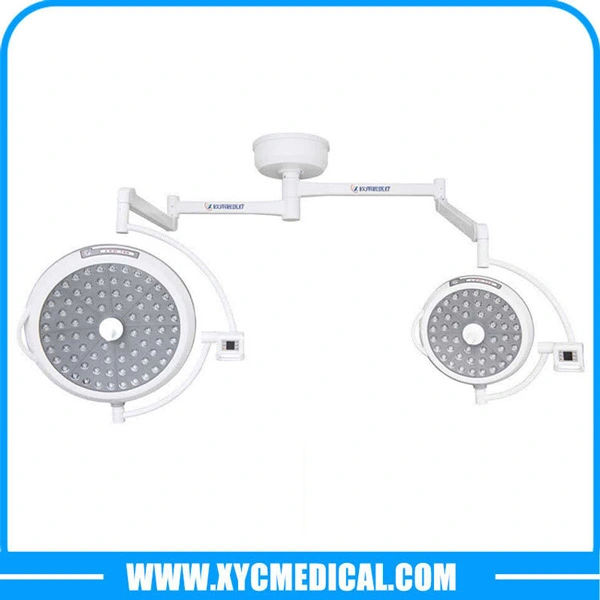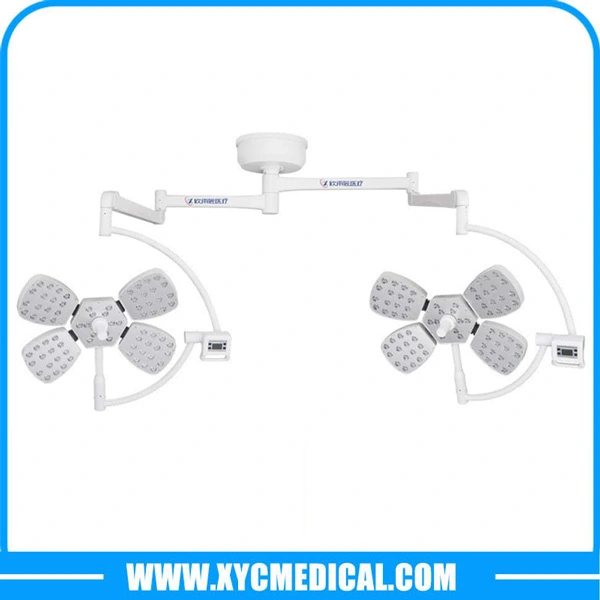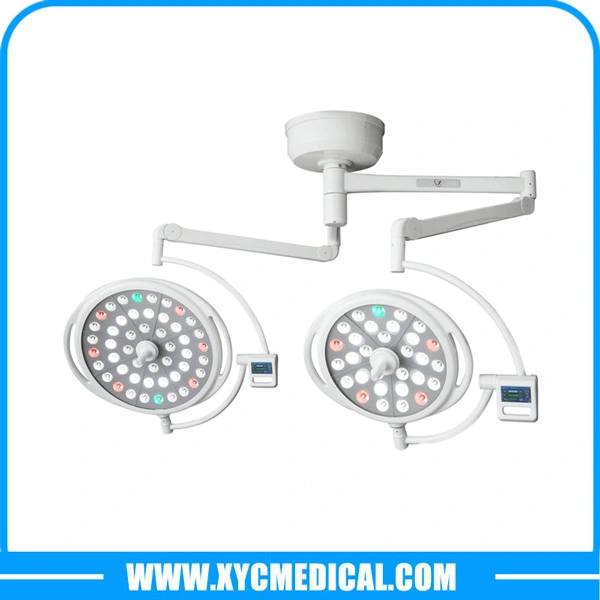History of Surgery Lamp in Operating Rooms
Surgical procedures cannot be performed without good light conditions, with the development of surgical technology, the most representative medical device is the surgery lamp in operating rooms. It solves the problem of shadow interference to doctors' eyesight, greatly improves the safety of surgery, and also witnessed the development of medical history.
It has undergone many changes since the advent of surgery lamp in the 1920s. Surgical lamps continues to solve the requirements of illumination (usually refers to light intensity), shadow control, low temperature rise, and color rendering needed for surgery, becoming an essential and important part of the modern operating room.
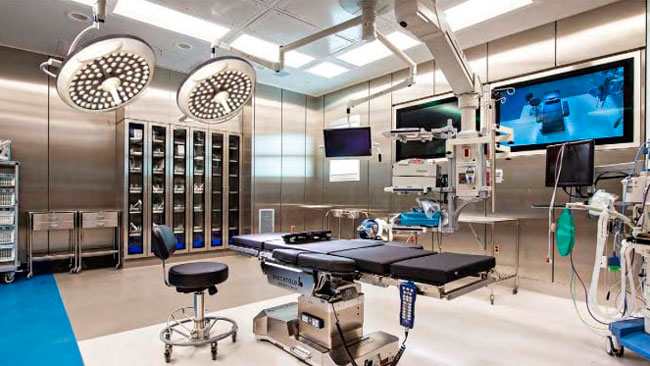
The prototype of surgery lamp
In the mid-nineteenth century, the wave of the industrial revolution swept the world, and novelties sprung up, including shadow removal technology for surgery. At the time, the operating room was built in a brightly lit room facing southeast, with windows on the roof. But the biggest problem is that the surgery must take place on a sunny day, making it more susceptible to the weather and the light easily blocked by doctors.
The idea that the operating table could be brightened by installing mirrors in four corners of the operating room ceiling to reflect sunlight was simple and practical, but modern surgical light could not be designed due to the limitations of technology and materials at the time.
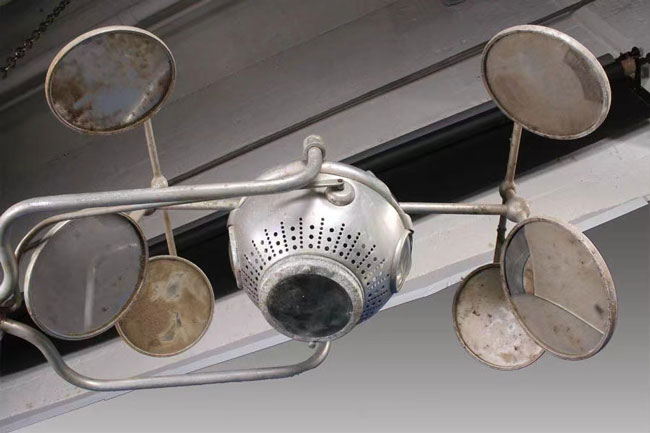
The world's first surgery lamp
French professor Weyland made the first surgery lamp in England in the 1920s. He placed a number of narrow mirrors evenly on the dome of the surgical lamp, and a 100-watt bulb in the center of the refractive lens, with the entire light conical shape and cut off at the top. The advent of surgery light frees surgeons from the dilemma of surgery according to the weather, the principle and shape of surgical lights were later followed in this way.
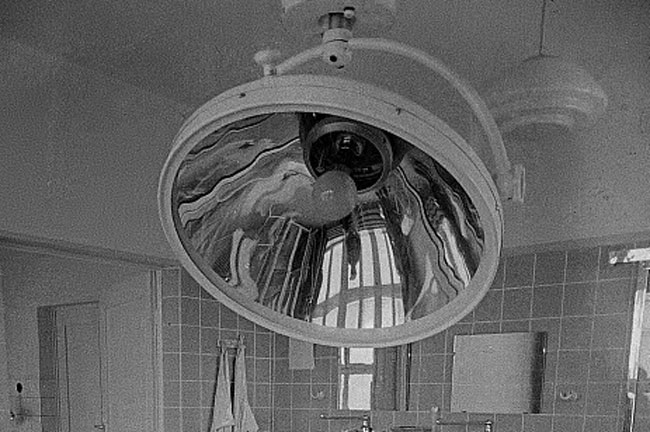
The surgical lamp generated a second reform in 1930s and 1940s, with the advent of the French single type surgery lamp and the American track type surgery lamp. At the time, the light source was incandescent, with a maximum power of just 200w, filament winding area has a large area, unable to control the light path, difficult to focus, reflector is copper polishing molding, non-reflective, as a result, the illumination of the surgical lamp is extremely low.
Development of hole type surgery lamp
In the 1950s, in order to improve the illumination of the operating room lamp, people began to increase the number of light sources of the surgery light, hole type multi-light type surgical lamp has been produced and used in Europe and Japan. The hole type surgery lamp has 4 to 14 small reflector holes, each with a 15W or 25W mirror bulb at the centre, and a reflector made of high-purity aluminium. The illumination of nine holes surgery light can reach 40,000 Lux. Although the illumination of the surgery light has improved, the number of bulbs has increased with the level of illumination, causing temperatures to rise. Even using a heat shields can cause discomfort for surgeons, drying out tissue at the site of surgery and affecting recovery.
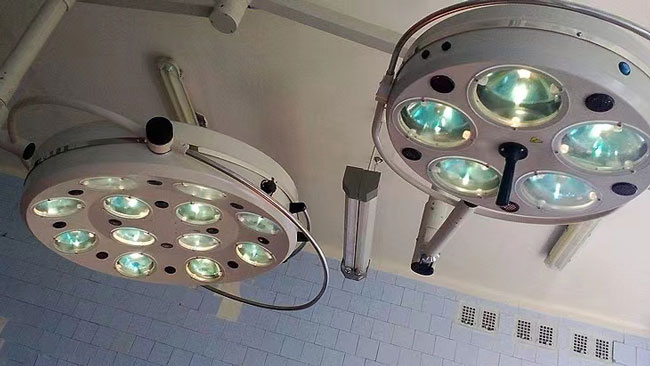
Development of integral reflection surgery lamp
In the early 1980s, Japan began producing cold light hole type surgery lamp, which use optical systems and cold light reflector to better control temperature rises. Selected halogen bulb light source, the illumination of the surgical lamp can reach 100000 Lux or more.
In the late 1980s and early 1990s, with the continuous development of computer technology, integral reflection halogen surgery lamp emerged. This surgery light uses halogen bulb as light source and the reflective surface is designed with CAD technology. The surface is formed by industrial stamping once to form a multi-faceted reflector. Many of the reflective surfaces overlap with the light to form uniform columns of light. Not only is this uniform beam as bright as sunlight, but it is also shadowless, and can remain perfectly uniform when the surgeon's shoulder or head blocks part of the light source.
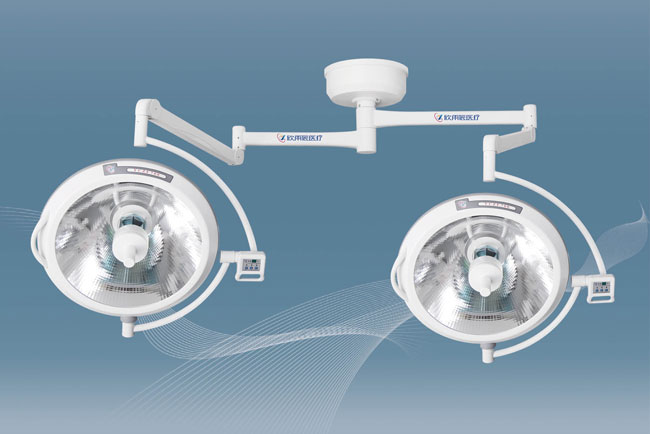
Of course, the light isn't perfect, its disadvantage is relatively short life span, bulbs need to be replaced frequently.
Cold light LED surgery lamp
In the 21st century, the applications of LEDs has brought new opportunities for the development of surgical light.
Compared with halogen lamp, as a cold light source, LEDs can effectively control temperature rise, high light energy conversion efficiency, almost no heat radiation, service life is also 60 times longer than halogen lamps, more economical and practical.
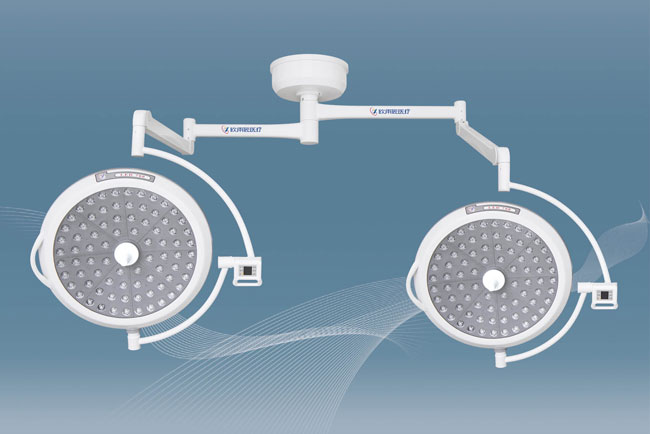
With the emergence of new technologies and materials, the surgery lamp will have further development even beyond our imagination in the future.
Article From: Shandong Xinyuchen Medical Equipment Co., Ltd.





